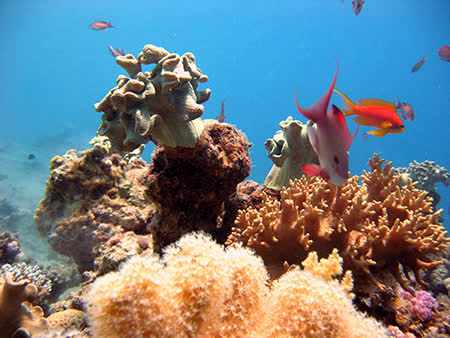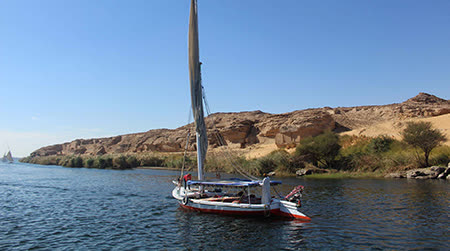The Town of Kom Ombo is located about 41 miles south of Edfu. Kom Ombo is the ancient site of Ombos, which is from the ancient Egyptian word ‘nubt’, which means ‘City of Gold’. It has been occupied since prehistoric times. In ancient Egypt, the city was important to the caravan routes from Nubia and various gold mines. The local industry is primarily agriculture, including irrigated sugar cane and corn. Besides the native Egyptians, there is a large population of Nubians who were displaced from their land when Lake Nasser was created. It is a nice place to visit, but is usually a day trip from Aswan.
The major attraction in Kom Ombo is the Temple of Kom Ombo, located on a hill west of the village. There is a wonderful view of the countryside from the Temple, and south of here is the Roman Chapel of Hathor. It was dedicated to the wife of Horus, and is used to store mummified crocodiles form the nearby animal necropolis and a few sarcophagi.
Kom Ombo Temple
The Temple of Kom Ombo is an unusual double temple built during the Ptolemaic dynasty in the Egyptian town of Kom Ombo. Some additions to it were later made during the Roman period. The building is unique because its ‘double’ design meant that there were courts, halls, sanctuaries and rooms duplicated for two sets of gods.
The southern half of the temple was dedicated to the crocodile god Sobek, god of fertility and creator of the world with Hathor and Khonsu. Meanwhile, the northern part of the temple was dedicated to the falcon god Haroeris, also known as Horus the Elder, along “with Tasenetnofret (the Good Sister, a special form of Hathor) and Panebtawy (Lord of the Two Lands).” The temple is atypical because everything is perfectly symmetrical along the main axis.













